How to Protect Your Patio Furniture All Year
Want to enjoy your patio furniture longer? Here are some tips for how to care for your garden furniture.

Outdoor furniture plays a significant role in turning gardens into spaces where we can enjoy the good weather outdoors. From dining tables to sun loungers and outdoor sofas, garden furniture allows us to create functional environments to enjoy nature to the fullest.
As your patio furniture stands against the elements, it's up to you to protect it from rapid deterioration. With the right measures, you can ensure your patio furniture lasts for many years and is in the best condition. Here's our advice on how to protect your patio furniture from the elements.
Place furniture in shaded areas
Prolonged exposure to sunlight is one of the most damaging agents for practically any type of material. And, although it may seem strange, garden furniture is no exception. That is why we recommend placing any piece of garden furniture in a shaded area, which will also allow better use of the garden during the hottest hours of summer days.
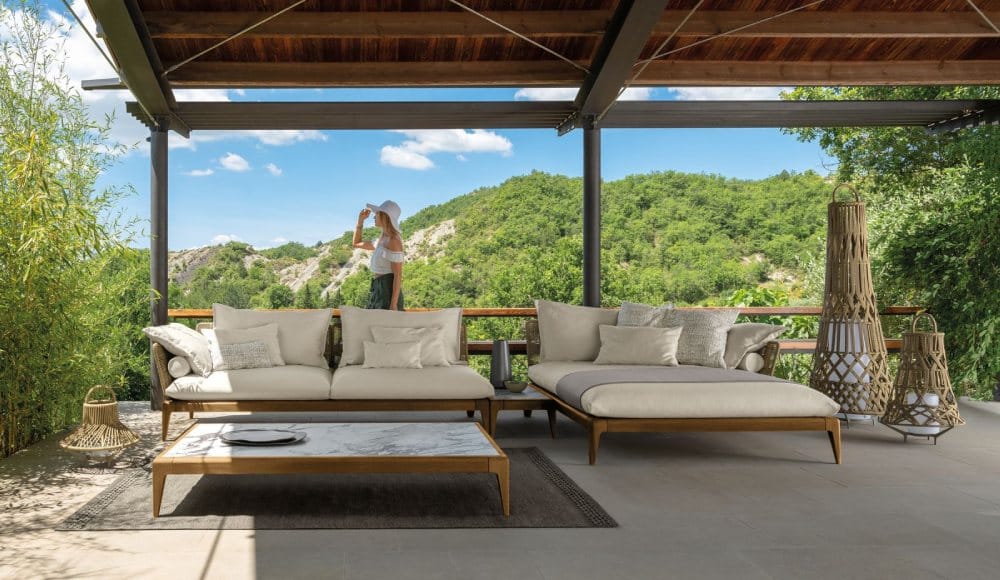
So, whether it's a porch, a pergola or simply a large, quality parasol, any addition that can provide shade to part of your garden will be a significant investment to increase the longevity of your outdoor furniture (as well as your enjoyment of your garden itself).
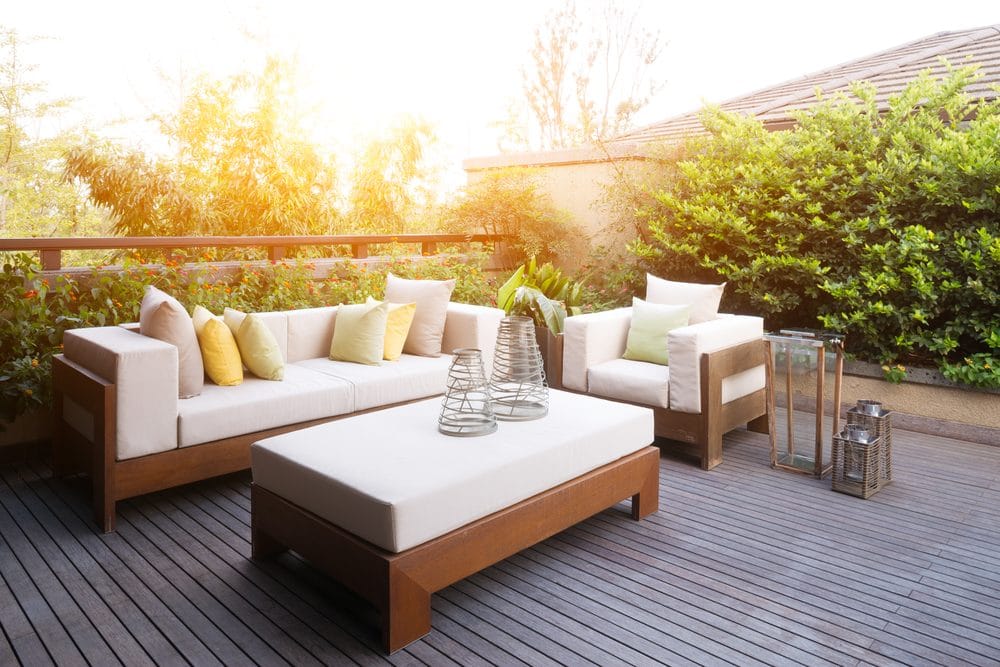
Invest in quality materials
Choosing quality pieces won't automatically protect your garden furniture, but it guarantees durability. Marble and granite, solid wood and wrought iron are some of the most recommended materials for outdoor patio furniture. These materials are known for their durability and resistance to elements, will respond better to the passage of time, and can be repaired (in case of any damage or stain).

Winterize your patio furniture
Winterizing your patio furniture is essential for preserving its quality and ensuring it’s ready to use when warmer weather returns. Start by thoroughly cleaning all pieces, whether they’re made of wood, metal, plastic, or wicker. Don’t forget to clean and dry fabric cushions, then apply a fabric protector spray before storing them indoors, ideally in a plastic bin or weatherproof bag.
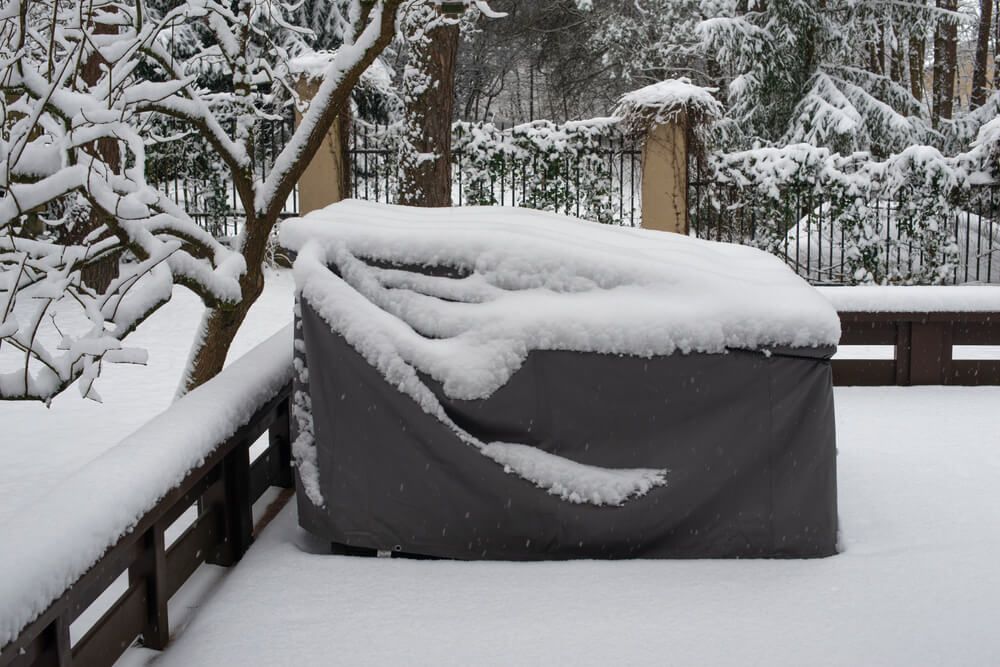
If you're storing your patio furniture outdoors, stack or fold items and elevate them off the ground to prevent moisture damage. You should also invest in weather-resistant covers for your furniture. These covers should fit snugly and have proper ventilation to prevent condensation, which can lead to mold or rust. Cover and store accessories like patio umbrellas, rugs, and outdoor heaters, ensuring they’re clean and dry before storage.

Clean and protect
Outdoor furniture is often exposed to dust or dirt, which can accumulate on its surfaces and nooks and crannies. If left unremoved, this residue can create a layer of dirt that is very difficult to remove and even damage the materials (especially once combined with the effects of water or humidity).

Make sure to clean your patio furniture during the season and before storage. For wood, use a mild soap solution and follow up with a protective sealant to prevent moisture damage. Metal furniture benefits from a rust-inhibiting spray after a gentle wash. Wicker should be brushed and treated with furniture oil, while plastic furniture can be cleaned with soapy water and dried thoroughly.
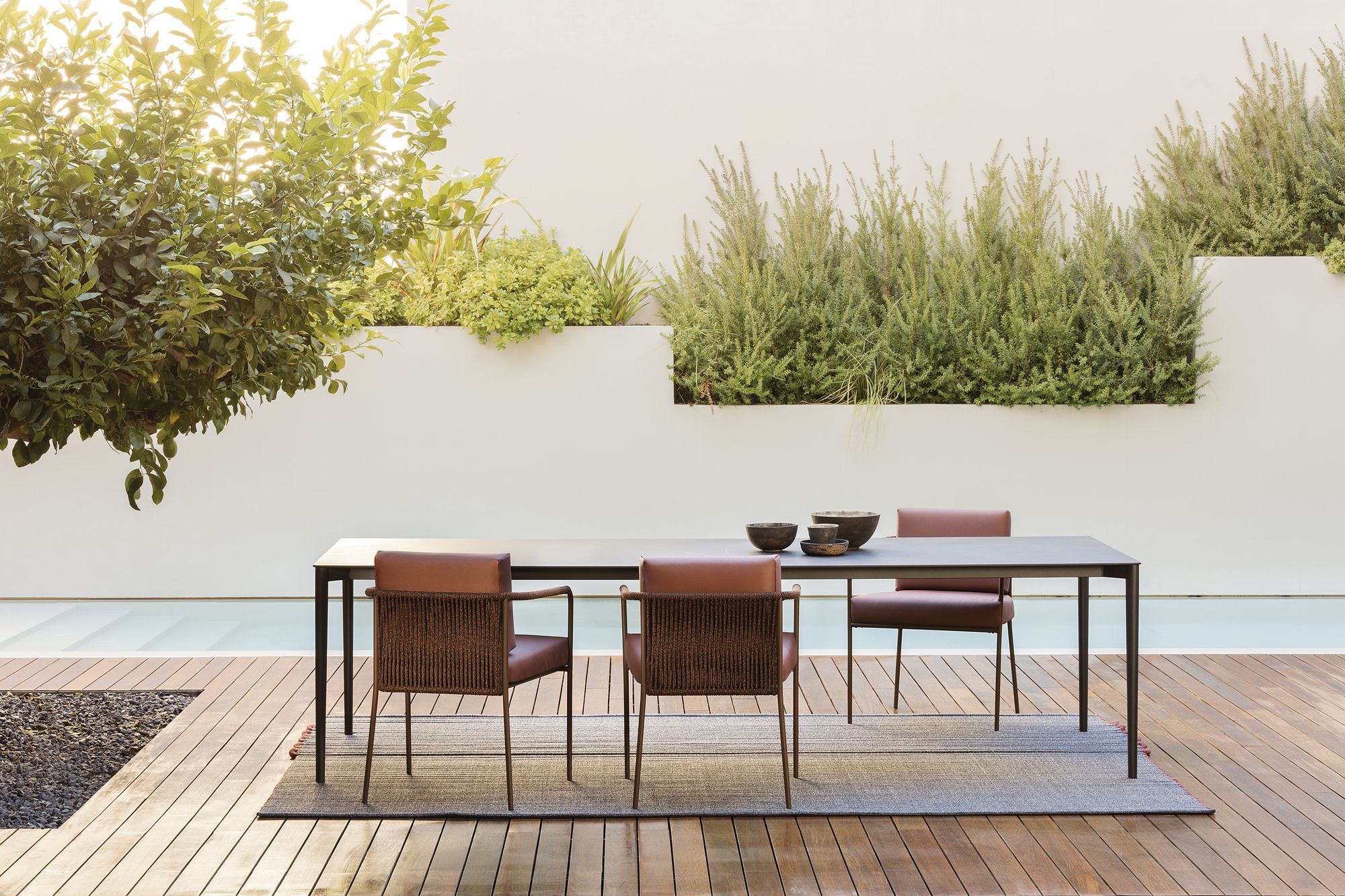
Prevent insect damage
Placing your furniture outdoors exposes it to other types of damage, including pest infestations like termites, woodworms, and other insects. To protect your garden furniture from these problems, apply insect-repellent products to prevent long-term damage. Also, always inspect your furniture for pest damage at the beginning and end of the season.
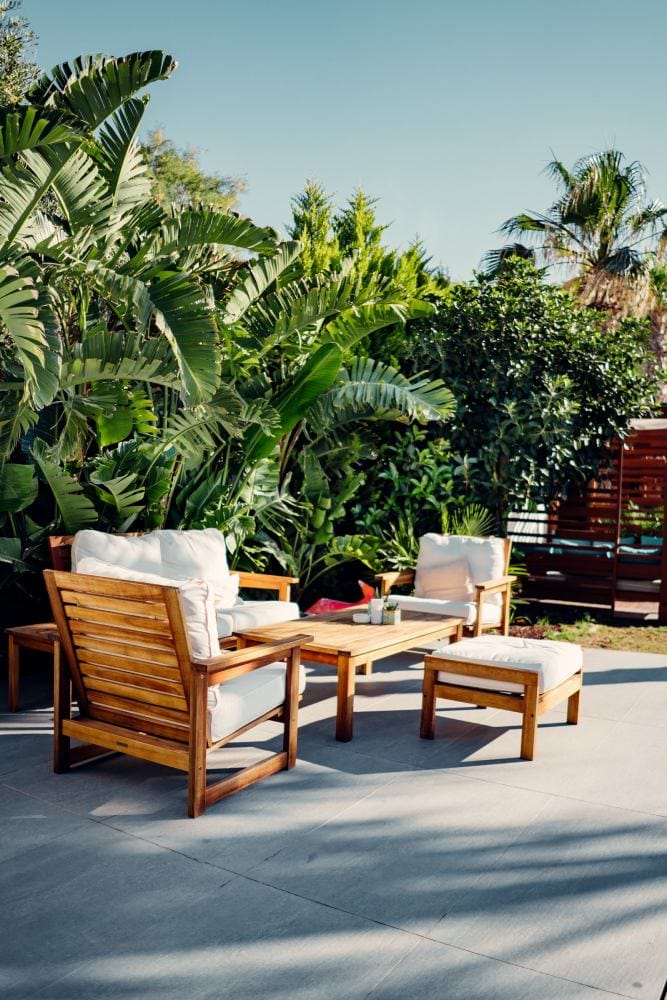

How to protect your patio furniture | Cagin Kargi and Randy Fath on Unsplash
Conclusion
In summary, by following our tips and investing extra time or money, you can significantly extend the life of your garden furniture. With proper care, you can avoid the need for frequent repairs or replacements, saving you both time and money. So, remember these tips and keep your patio furniture in top shape for years to come.
Recommended reading:

